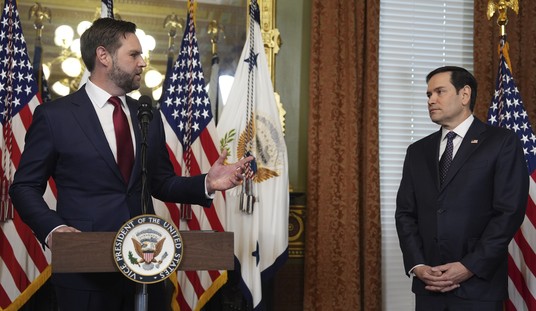When I went to school, I may not have been the math whiz that my son the Mathemagician turned out to be, but I didn’t really have any trouble learning subtraction by, y’know … subtracting. Apparently that’s so passé as to be called the Granny Method in a new Common Core-compliant textbook. Our colleague Erick Erickson found this instruction on subtraction in his daughter’s third-grade textbook that almost looks like intentional satire:
The picture above is from my third grade daughter’s math book. This is the only page that explains that method for subtraction. There are, for the record, four ways to subtract that my third grader must learn.
This is the only page explaining that method. This is the only example. The very next page goes to arrays. The page after that goes to multiplication. This is it.
The traditional method of subtracting, borrowing and carrying numbers, is derisively called the “Granny Method.” The new method makes no freaking sense to either my third grader or my wife.
We send our child to a Christian private school. We thought our child could escape this madness. But standardized tests, the SAT, and the ACT are all moving over to Common Core. So our child has to learn this insanity. But we cannot help her. The book offers only one example.
I’m pretty good with patterns, so I see what the intent is with this method. It’s to build the answer through a series of additions, taking four steps on paper plus a number of cognitive judgments along the way. What I can’t see is why anyone would ever need to use this method to actually subtract one number from another. In the old New Math, breaking equations down into components based on the places in the numbers could boost understanding of algebra and help one learn to do more complex equations in the head. That’s clearly not the case here — the “counting-up method” requires a paper calculation and more complicated cognitive judgments than simply subtracting and carrying over. Furthermore, as one of Erick’s commenters noted, even if one argues that it prepares children for higher math functions, how do you deal with negative numbers using this method?
As Erick concludes, the only possible value in putting this in a textbook is just that it’s new. I’m all for new when new improves on old, but … this is sheer nonsense.
Famous mathematician and humorist Tom Lehrer lampooned “New Math” in the 1960s. Now this looks like the good ol’ days.









Join the conversation as a VIP Member